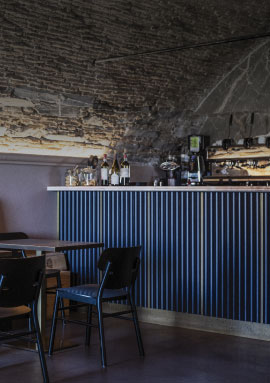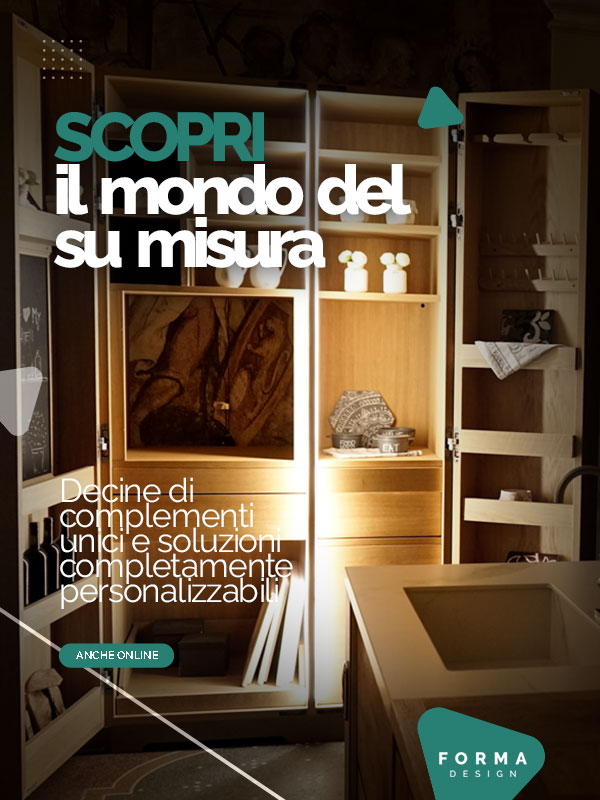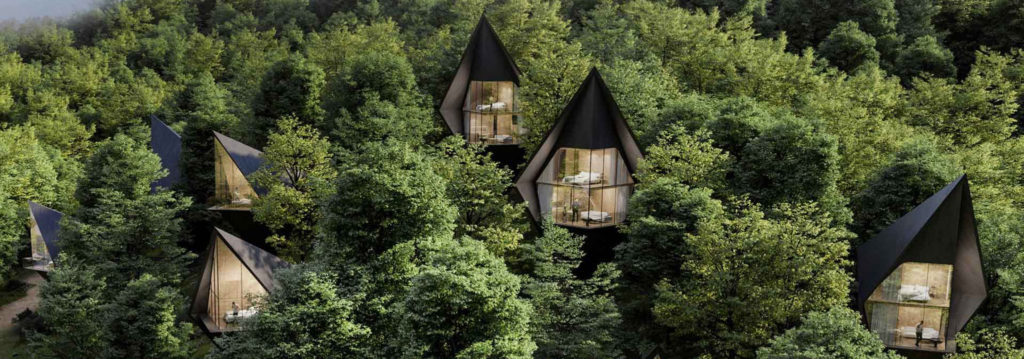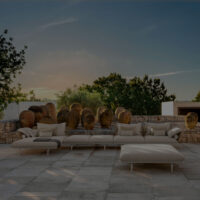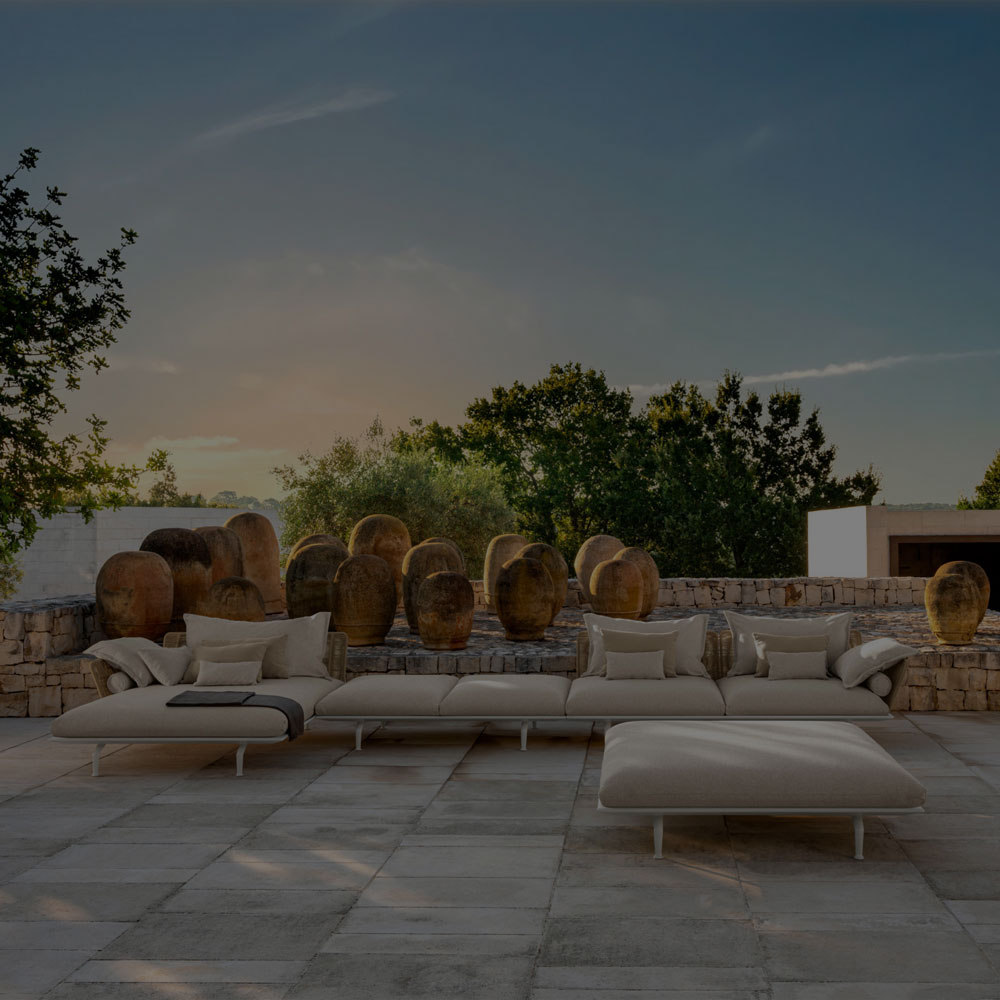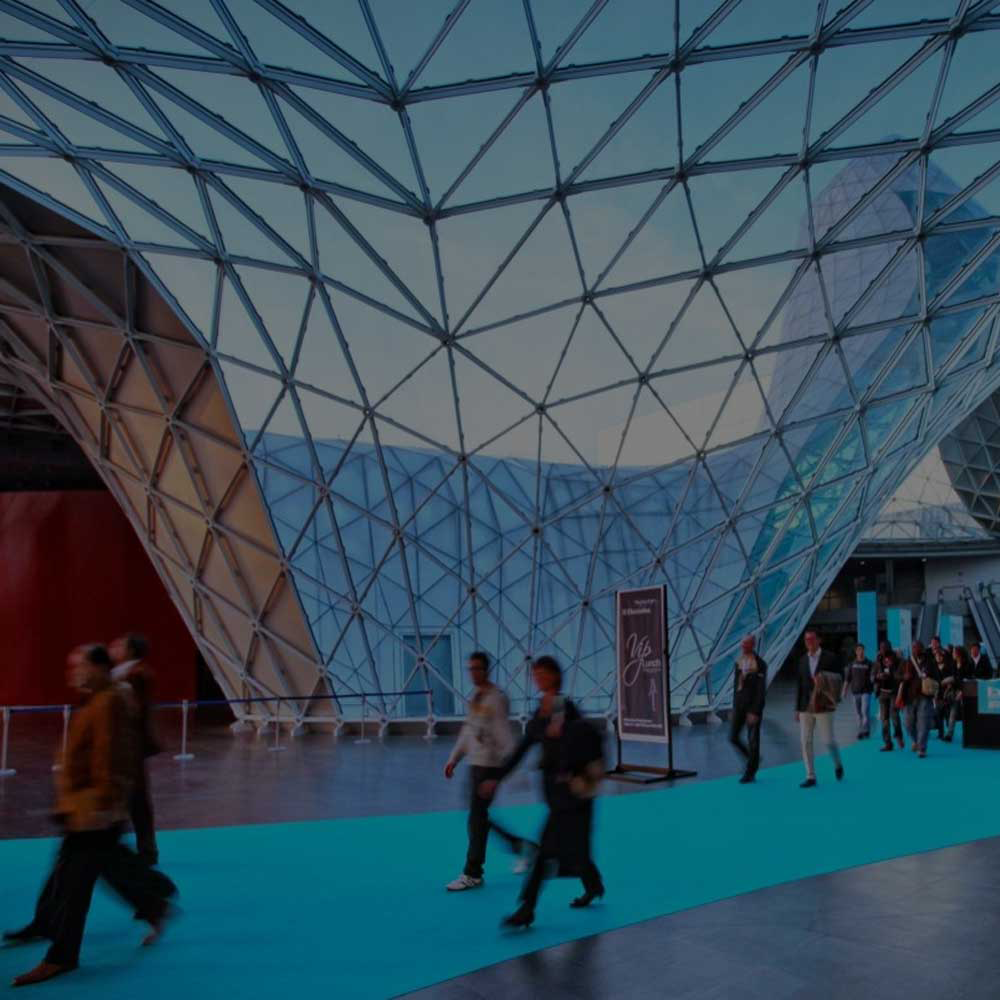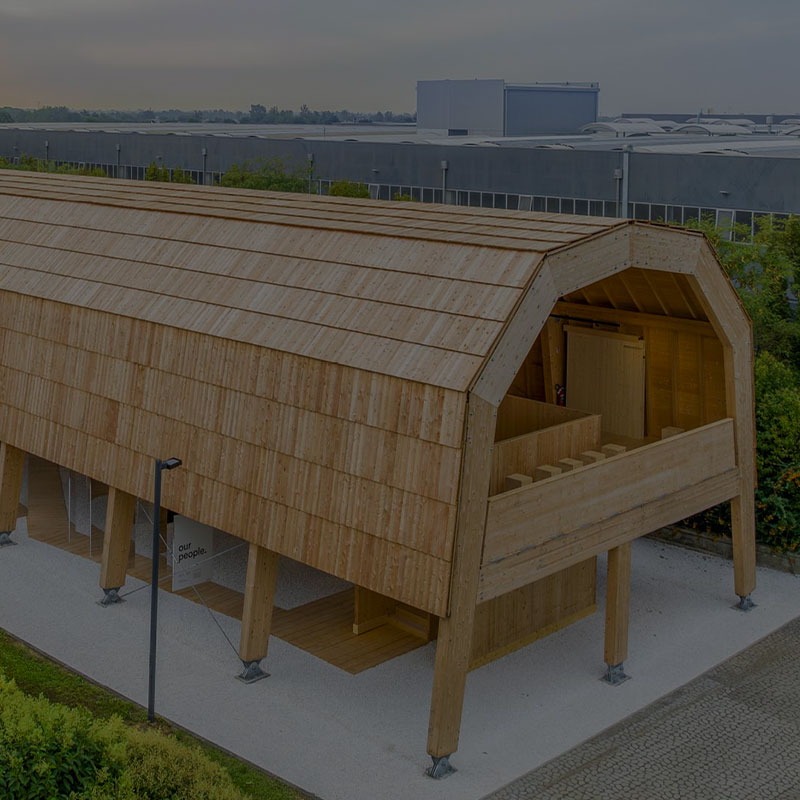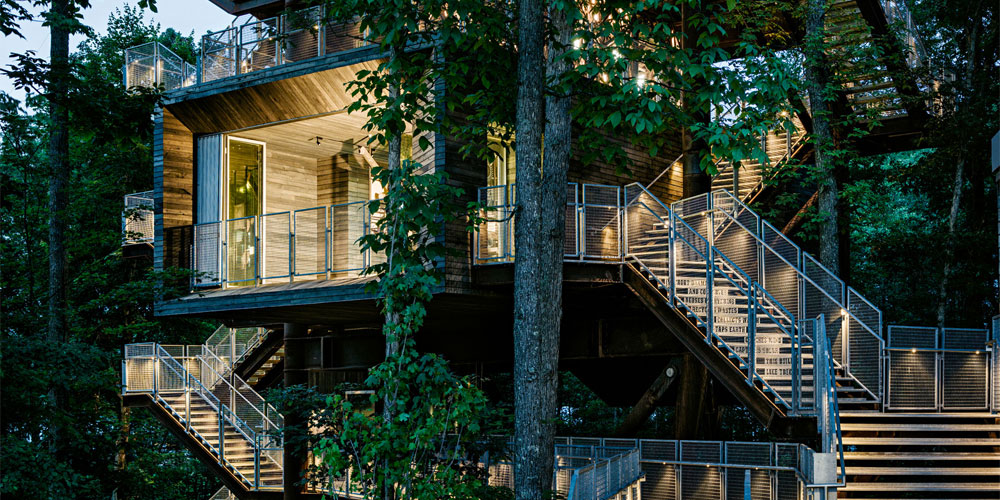
A new way of living in connection with nature and our environment.
Childhood memories, a hidden world in the grandparents’ garden or in the greenery when you took a trip to the countryside, the tree house desired by many children, an enchanted place where no one could find you.
Growing up being able to find a place to hide is certainly more difficult but the desire to maintain contact with nature remains and especially in these times of great stress the need for the energy that nature is able to transmit to us becomes increasingly important.
Living or spending a holiday in a tree house is now possible and the seduction of a remote house suspended between the branches of a thick tree is no longer a dream.
The contact with nature, the overwhelming recharge of energy that trees transmit to us today is achievable and realized. There are really many studies that design and deepen how to best achieve, supported by the comforts that most of us do not want to give up, real residential agglomerations and already several have sprung up distributed in different places in Italy and abroad.
Thinking and imagining that tree houses are small huts with a few unstable boards is a mistake, today they are large and equipped with all comforts, let’s try to give some examples that allow us to better understand what we are talking about.
Several architectural firms have been involved in the study of this solution for years, for example the Vietnamese architect Vo Trong Nghia in his studio in Hanoi and Ho Chi Minh City, Vo Trong Nghia Architects is one of the best known firms in Vietnam and Asia.
He created the House for trees project, literally houses for trees, a wonderful example of residential architecture that intersects the artificial element with nature without creating forcing.
A sign that architecture can and must be in favor of mankind but also of nature that must be respected and cared for.
An important aspect not to be overlooked is that this type of solution can help solve a problem that has very often proved serious in some areas subject to flooding caused by the lack of greenery that causes pollution and atmospheric overheating due to torrential rains that uncultivated land they are unable to absorb.
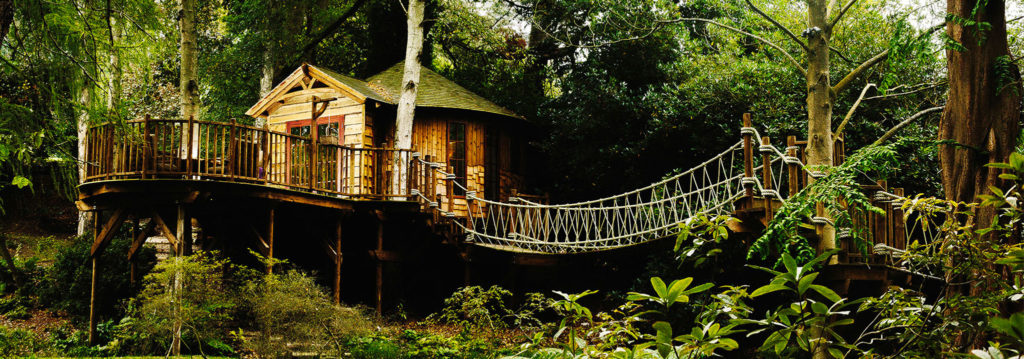
Another architectural firm is the Anglo-Saxon team Blue Forest, which designed a house that can be built in just 5 days and which uses a construction system that cuts into the tree as little as possible by cutting branches or nails.
Mithun, a design studio in Seattle and San Francisco, has been working for years to connect nature to the world of man through innovative projects, this studio has designed a tree house that self-produces the energy it consumes and with a rainwater recovery system.
The Peter Pichler Architecture studio designed and built the Tree Hauses in Virginia, small housing units immersed in nature with a size ranging from 36 to 55 square meters. in favor of sustainable tourism, but they are only the beginning of a larger project that involves the construction of other structures including, for example, the expansion of the existing hotel in the Dolomites through small tree houses in the dense Dolomite forest.
In Valchiusella and Castellamonte in Piedmont there is a small village of tree houses where the families who live there live in harmony with nature, the houses are connected to each other by walkways and bridges, this is certainly a particular and unusual choice of living.
It is obvious that a fundamental requirement is to love nature, to desire physical contact and the sensory pleasure that one feels in hearing its noises, in perceiving its smells, in seeing the colors of the flowers that bloom in spring.
Last but not least The ne [s] t, a team of Professionals specialized in the design and construction of structures in fusion with Nature. For years they have been creating and designing tree houses in Italy and abroad, for tourism or for individuals, but always with the characteristic of combining environment and living, unique spaces in which hitech approaches natural materials.
It must be said that for some populations such as the tree houses of the Korowai in the western area of Papua New Guinea are an example of architecture capable of protecting from the adverse climatic and environmental conditions necessary for survival, these are the reasons that led this population to create huts that are located at variable heights, on average 8-12 meters above the ground, sometimes reaching 45 meters.
Obviously nothing to do with modern and super-equipped tree houses but certainly architects of the inspiration from which they arose.
What for us since we were children was the dream of an exciting and mysterious game has turned into a concrete way of experiencing the house, spaces, environment in an alternative way and increasingly close to nature, the source of life.




